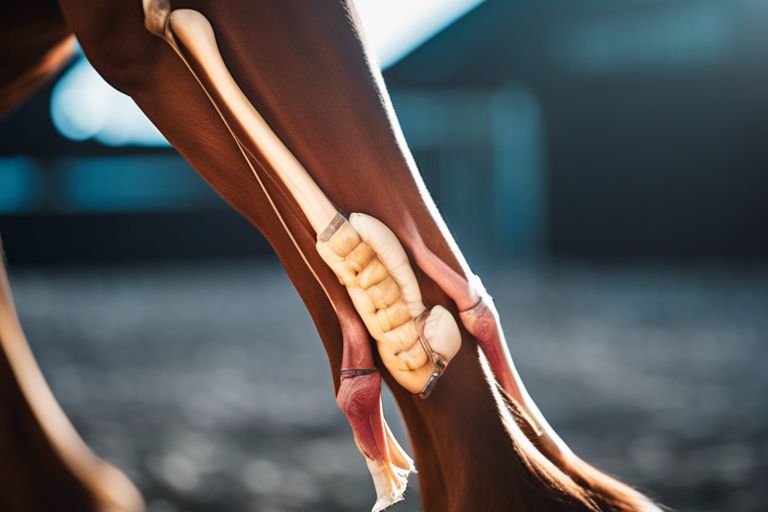Most horse owners care deeply about the well-being of their beloved animals. Lameness can be a serious issue that affects your horse’s quality of life and performance. In this article, we will examine into the causes of lameness in horses, how to recognize the signs, and most importantly, prevent it from occurring in the first place. Your horse’s health and happiness rely on your understanding and proactive care to prevent lameness.
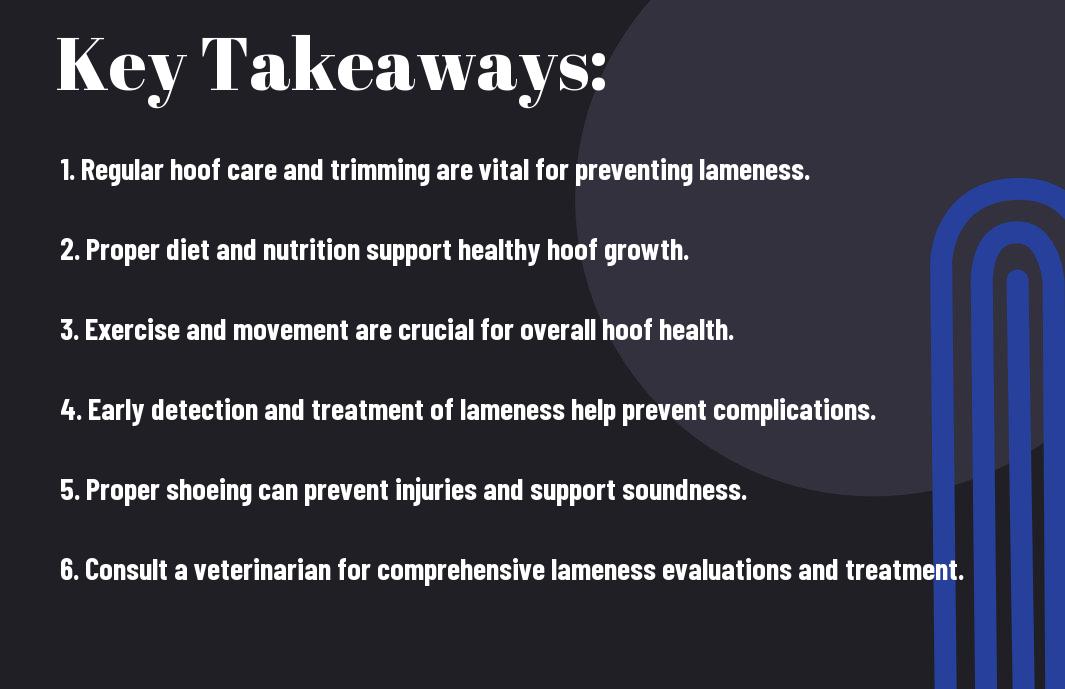
Causes of Lameness
Your horse’s lameness can be caused by a variety of factors, ranging from genetic predispositions to environmental influences to injuries and traumas.
Genetic Factors
To begin with, genetic factors can play a significant role in your horse’s susceptibility to lameness. Certain genetic traits can predispose horses to conditions such as osteochondritis dissecans or navicular disease. These conditions can cause lameness and affect your horse’s overall soundness. Recognizing these genetic predispositions and addressing them early on can help prevent lameness in your horse.
Environmental Factors
With environmental factors, aspects like diet, housing, and exercise regimen can all impact your horse’s soundness. Providing a balanced diet rich in necessary nutrients, ensuring proper housing conditions that allow for movement and rest, and implementing a consistent exercise routine can help prevent lameness in your horse. This proactive approach can contribute to your horse’s overall well-being.
- Diet
- Housing
- Exercise regimen
Understanding environmental factors that can lead to lameness in horses is necessary for maintaining your horse’s soundness. By paying attention to these environmental factors, you can take proactive steps to prevent lameness and ensure your horse’s long-term health.
Injury and Trauma
The risk of lameness in horses increases when they experience injury or trauma to their musculoskeletal system. For instance, fractures, ligament strains, and joint injuries can all lead to lameness in your horse. It’s crucial to address any signs of injury promptly and provide the necessary treatment to prevent long-term lameness. Recognizing the importance of early intervention and proper rehabilitation can significantly impact your horse’s recovery.
Identifying Lameness
Even before the limp becomes apparent to the naked eye, your horse may exhibit subtle signs of lameness. **Recognizing Signs and Symptoms** of lameness early on can help you address the issue promptly. Watch out for irregularities in gait, such as shortened stride, head bobbing, or reluctance to move forward. Your horse might also show signs of pain or discomfort when turning, backing up, or being saddled.
**Diagnostic Techniques**
**Recognizing** the signs of lameness is crucial, but determining the specific cause requires more advanced **diagnostic techniques**. Your veterinarian may perform a comprehensive lameness exam, which can involve flexion tests, nerve blocks, and imaging modalities like X-rays or ultrasound. These diagnostic tools help pinpoint the source of lameness, whether it’s in the hoof, leg joints, or muscles.
Understanding the results of these diagnostic tests is vital in developing an effective treatment plan for your horse. By **working with your veterinarian** to interpret the findings, you can decide on the best course of action to address the lameness issue and prevent further damage or discomfort for your equine companion.
**Working with Your Veterinarian**
When **working** with your veterinarian to address your horse’s lameness, it’s vital to communicate openly and follow their guidance closely. Your vet may suggest a combination of treatments, such as rest, medication, physical therapy, or corrective shoeing. Together, you can create a tailored rehabilitation program to help your horse recover successfully and regain their mobility.
Plus, by **working with your veterinarian**, you can establish a long-term plan to monitor your horse’s condition and prevent future episodes of lameness. Regular check-ups and proactive measures, such as maintaining a balanced diet and suitable exercise routine, can significantly reduce the risk of lameness in your horse. Bear in mind, early detection and intervention are key to keeping your horse healthy and sound for years to come.
Common Causes of Lameness
Now let’s examine into some of the common causes of lameness in horses. Understanding what can lead to lameness can help you take preventative measures to keep your horse healthy and sound.
Navicular Syndrome
Any horse owner knows the fear of dealing with Navicular Syndrome. This condition affects the navicular bone in the foot, causing pain and lameness. Navicular Syndrome can be managed with proper shoeing, medication, and corrective trimming to alleviate discomfort and improve your horse’s quality of life.
Laminitis
Navicular problems may be a concern, but Laminitis is another serious issue that can cause lameness in horses. Laminitis is a painful and potentially debilitating condition that affects the sensitive laminae within the hoof. It can lead to severe lameness and even rotation or sinking of the coffin bone. Quick intervention and a comprehensive treatment plan are crucial to preventing long-term damage to your horse’s hooves.
Laminitis is often triggered by metabolic issues, such as obesity or insulin resistance, as well as overeating lush pasture grass or consuming large amounts of grain. Monitoring your horse’s diet and weight, as well as providing a suitable living environment, can help reduce the risk of laminitis.
Arthritis and Joint Issues
Issues with arthritis and joint health are also common culprits behind lameness in horses. The wear and tear on your horse’s joints over the years can lead to inflammation, pain, and decreased mobility. Arthritis and Joint Issues can be managed through a combination of veterinary care, appropriate exercise, and joint supplements to support your horse’s joint health.
Arthritis can affect various joints in the horse’s body, including the hocks, knees, and fetlocks. Keeping an eye out for any signs of stiffness, swelling, or reluctance to perform certain movements can help you catch joint issues early and prevent them from worsening.
Hoof Abscesses
Joint problems may be a concern, but Hoof Abscesses are another common cause of lameness in horses. An abscess occurs when bacteria enters the hoof through a break in the sole, causing infection and inflammation. Proper hoof care, including regular cleaning and hoof maintenance, can help prevent hoof abscesses from occurring.
When dealing with a hoof abscess, your veterinarian may need to drain the abscess and provide your horse with appropriate medication to clear up the infection. Ensuring your horse has a clean and dry environment to live in can also aid in preventing future hoof abscesses.
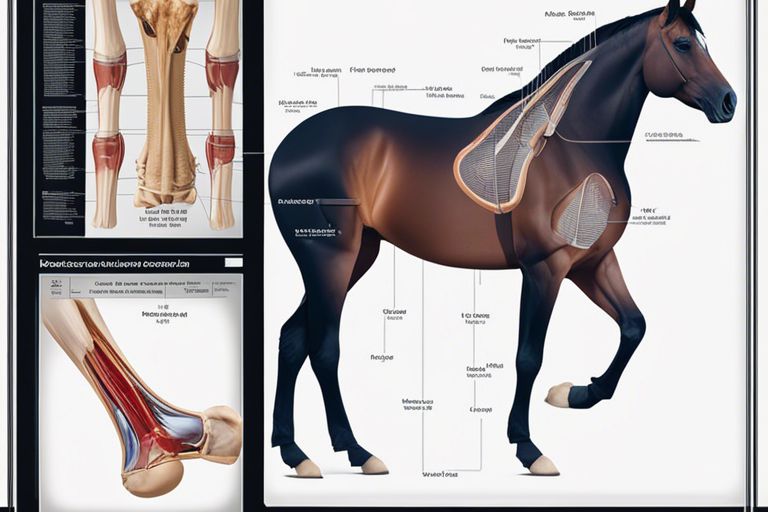
Prevention Strategies
Despite lameness being a common issue in horses, there are several strategies you can implement to help prevent it. Proper hoof care, regular exercise and conditioning, nutrition and diet, and environmental enrichment all play crucial roles in keeping your horse’s legs and hooves healthy and sound.
Proper Hoof Care
With regular trimming and shoeing, you can help prevent issues such as uneven wear, cracks, and imbalances that can lead to lameness. It’s imperative to work with a skilled farrier who understands the specific needs of your horse’s hooves.
Regular Exercise and Conditioning
Conditioning your horse properly through regular exercise can help build strength and resilience in their muscles and joints, reducing the risk of strains and injuries that can result in lameness. To ensure your horse is getting adequate exercise, establish a consistent workout routine that includes a mix of groundwork, riding, and rest days for recovery.
Conditioning your horse gradually and progressively is key to preventing lameness. Sudden increases in intensity or duration of exercise can put undue stress on your horse’s legs, leading to potential injuries.
Nutrition and Diet
For optimal hoof and leg health, make sure your horse’s diet is well-balanced and provides imperative nutrients like protein, vitamins, and minerals. Consult with a veterinarian or equine nutritionist to create a diet plan tailored to your horse’s individual needs.
It’s important to note that proper hydration is also crucial for overall health and preventing conditions that can contribute to lameness. Ensure your horse has access to clean, fresh water at all times.
Environmental Enrichment
To prevent boredom and reduce the risk of stereotypical behaviors that can lead to lameness, provide your horse with environmental enrichment in the form of turnout, social interaction with other horses, and mental stimulation through toys or tasks.
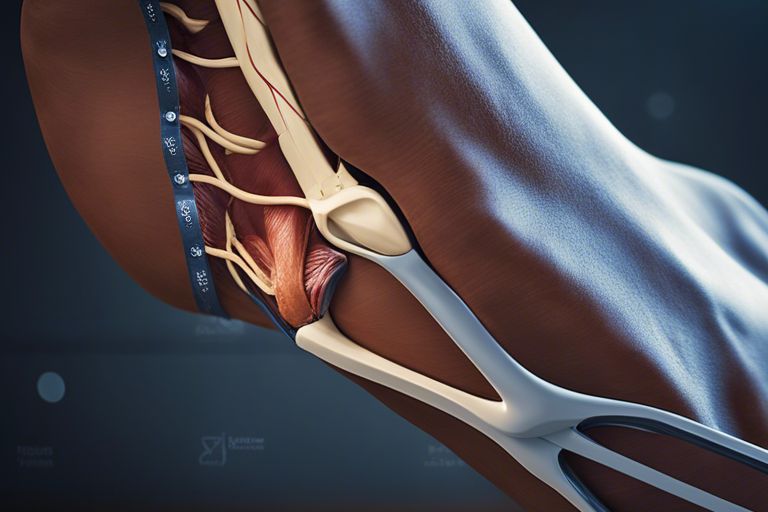
Treatment Options
After diagnosing lameness in your horse, your veterinarian will discuss various treatment options with you. The **treatment** plan will depend on the underlying cause, severity of lameness, and your horse’s individual needs. Here are some common treatment options that may be recommended:
Medication and Pain Management
Medication and pain management play a crucial role in treating lameness in horses. Nonsteroidal anti-inflammatory drugs (NSAIDs) are often prescribed to help reduce inflammation and alleviate pain. In some cases, joint injections or oral supplements may also be recommended to support joint health and reduce discomfort. It is imperative to follow your veterinarian’s instructions carefully when administering medication to your horse.
Alternative Therapies
For additional **support**, alternative therapies such as acupuncture, chiropractic care, and massage therapy may be beneficial in managing your horse’s lameness. These therapies can help improve circulation, reduce muscle tension, and promote overall relaxation. They are often used in conjunction with traditional treatments to **enhance** your horse’s recovery process.
Surgical Interventions
Understanding the extent of your horse’s lameness may require surgical intervention in some cases. Procedures such as arthroscopy, joint fusion, or tendon/ligament repair may be recommended to address underlying **issues** contributing to lameness. Your veterinarian will discuss the risks and benefits of surgery with you and develop a comprehensive **post-operative** care plan to facilitate your horse’s recovery.
Rehabilitation and Recovery
Alternative modalities such as hydrotherapy, therapeutic exercises, and controlled turnout may be incorporated into your horse’s rehabilitation program to optimize healing and promote **strength**. It is imperative to work closely with your veterinarian and equine rehabilitation specialist to ensure that your horse **achieves** the best possible outcome. Patience and consistency are key during the recovery process, and gradual reintroduction to work and exercise is crucial to prevent **re-injury**.
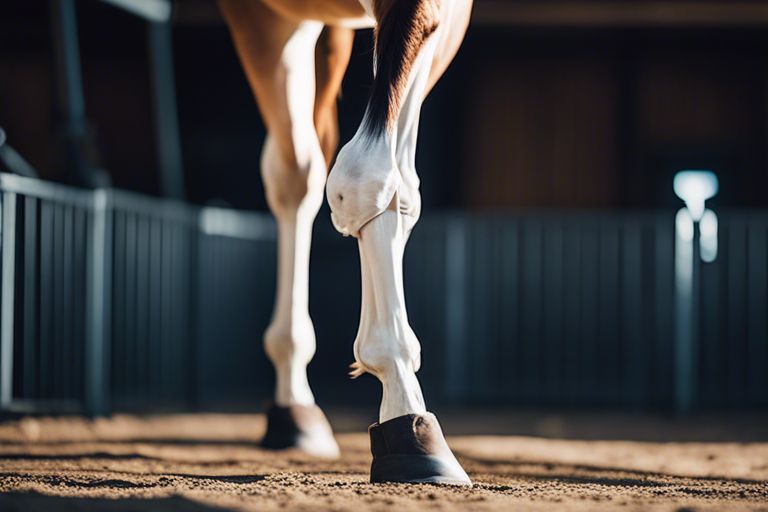
Managing Lameness
For effective management of lameness in horses, it is crucial to work closely with your veterinarian and farrier, create a treatment plan, make necessary lifestyle changes, and consistently monitor progress.
Creating a Treatment Plan
An necessary step in managing lameness is creating a treatment plan tailored to your horse’s specific condition. Your veterinarian will conduct a thorough examination to diagnose the underlying cause of lameness and recommend appropriate treatment options. This plan may include rest, medications, physical therapy, and corrective shoeing.
Working with Your Veterinarian and Farrier
Lameness in horses requires a collaborative effort between you, your veterinarian, and your farrier. Your veterinarian will diagnose the cause of lameness, prescribe treatment, and monitor your horse’s progress. Your farrier plays a crucial role in ensuring proper hoof balance and shoeing to support your horse’s recovery.
Veterinarians and farriers with experience in lameness management can provide valuable insights and recommendations to help your horse regain soundness. By working together with these professionals, you can optimize your horse’s treatment plan and recovery.
Making Lifestyle Changes
Treatment plans for lameness often involve making lifestyle changes to support your horse’s recovery. This may include adjusting turnout time, exercise routines, and overall management practices. Providing a comfortable and supportive environment is necessary for your horse’s healing process.
Making these lifestyle changes can help alleviate stress on your horse’s muscles and joints, promoting faster recovery and reducing the risk of recurring lameness issues. Consult with your veterinarian and farrier to determine the most appropriate changes for your horse’s specific needs.
Monitoring Progress and Adjusting Treatment
On-going monitoring of your horse’s progress is crucial in managing and treating lameness effectively. Your veterinarian will assess your horse’s response to treatment and make any necessary adjustments to the treatment plan. Regular evaluations and communication with your veterinary team are necessary for optimizing your horse’s recovery.
Creating a partnership with your veterinarian and farrier in monitoring your horse’s progress allows for timely adjustments to be made to the treatment plan. This proactive approach can enhance the chances of a successful recovery and a return to soundness for your horse.
Summing up
On the whole, understanding and preventing lameness in horses is crucial for their overall well-being and performance. By familiarizing yourself with the common causes of lameness, such as improper hoof care, poor footing, and overwork, you can take proactive measures to prevent it. Regular veterinary check-ups, proper nutrition, and appropriate exercise routines all play a key role in keeping your horse healthy and sound.
FAQ
Q: What are some common causes of lameness in horses?
A: Lameness in horses can be caused by various factors such as poor hoof care, improper shoeing, joint injuries, muscle strains, and ligament damage.
Q: How can I prevent lameness in my horse?
A: To prevent lameness in horses, ensure regular farrier visits for proper hoof care, maintain a balanced diet, provide sufficient exercise, and avoid overworking your horse.
Q: What are some signs that indicate my horse may be experiencing lameness?
A: Signs of lameness in horses include limping, swelling, heat in joints, reluctance to move, changes in behavior, and uneven gait.
Q: How can I help my horse recover from lameness?
A: Consult with a veterinarian to determine the underlying cause of lameness, follow their treatment plan which may include rest, medication, physical therapy, and gradually reintroduce exercise as advised.
Q: When should I seek professional help for my lame horse?
A: If you notice any signs of lameness in your horse, it is important to consult with a veterinarian promptly for a thorough evaluation and treatment to prevent further complications.
